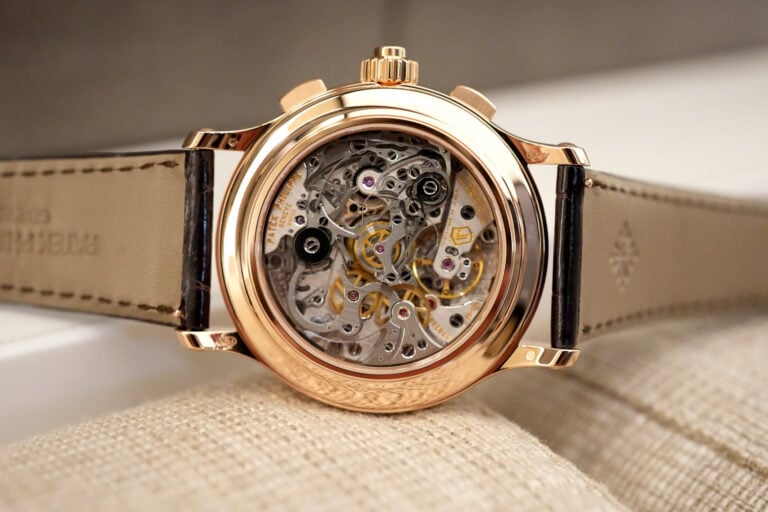What Makes a Dive Watch a Dive Watch?
The attributes of a diving instrument.

As one of the most desirable types of watches around, the dive watch concept – which dates back to the mid-1950s – has been explored at great length by almost all the brands of Swiss, Japanese or German watch industry. Although most watch enthusiasts know what a dive watch looks like, the concept goes way beyond just the design cues or the water-resistance rating. A dive watch is more than just a watch that can withstand the pressure underwater. So… What actually makes a watch a diver’s watch? This is the topic of today’s episode of Rewind.
Part of our “A Technical Perspective” series where we try to explain in simple words the secrets of the mechanics of a watch – for instance, the different types of calendars or the reason why watches have jewel bearings – one of these articles was devoted to dive watches. What fewer might know is that, in order to be fully legit, a dive watch must comply with fixed rules, the so-called norms (ISO and DIN standards), which clearly define most elements that are required to make a watch not just a timing instrument but a trustworthy element of the equipment of a professional diver.
What are these “rules”? What are the specific complications/features you’ll find in a dive watch? Well, it’s all here, in our technical perspective telling you all about dive watches, including some historical background.



